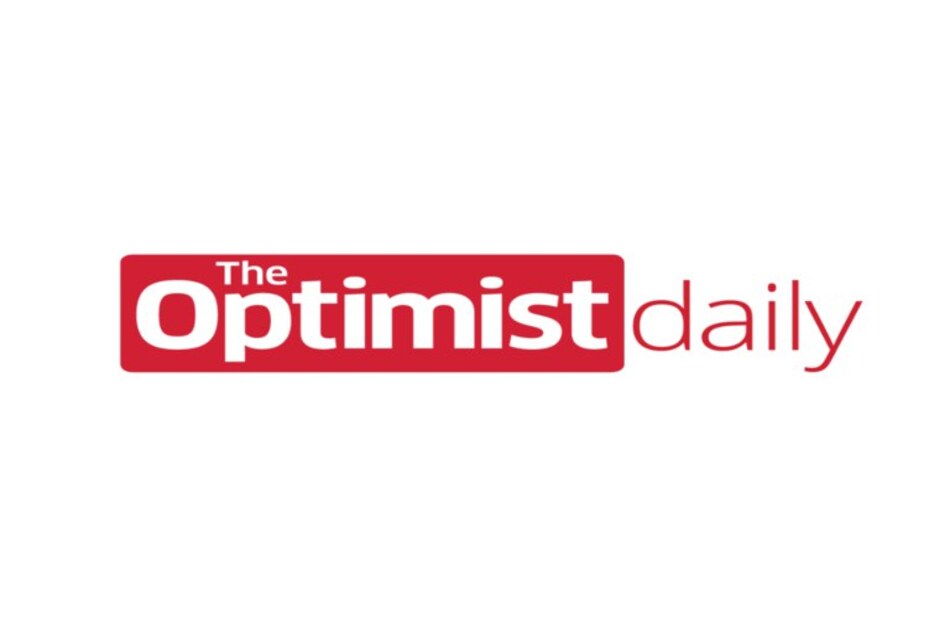When Toms launched in 2006, it popularized the one-for-one business model by giving away a free pair of shoes for every pair sold. The model has been popular with consumers and inspired many other brands to adopt it, but critics have questioned how well it works, asking whether it could disrupt local economies (do local shoe manufacturers go out of business if people in a community suddenly get shoes for free?) or make people reliant on support.
Toms says that in a study that they commissioned, they didn’t see a negative impact on communities from shoe donations. Nonetheless the company also started manufacturing in some of the communities they support to help build local economies. Despite these changes, the company doesn’t plan to stop donating shoes; they saw that it could have more of an impact by giving in other ways. That’s why if you buy a pair of shoes on the Toms website, or in one of the company’s stores now, you’ll be given a choice of a cause to support. Giving shoes is still an option, but you can also choose women’s rights or ending gun violence, and instead of products Toms will give a grant to a nonprofit working in that area.
Toms is a role model for companies when it comes to corporate responsibility, and it shows as a whole host of one-for-one businesses have adjusted their models right after Toms decided to move beyond donation. For instance, eyewear company Warby Parker donates glasses, but it also trains people globally to perform basic eye exams and sell glasses for “ultra-affordable” prices, which may be a better model for communities.












